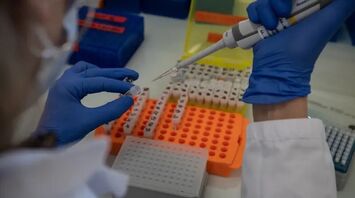Decoding the Oldest Human DNA in South Africa

Researchers have successfully decoded the oldest human DNA discovered in South Africa, reconstructing genomes from two individuals who lived approximately 10,000 years ago. This breakthrough, led by a team which included University of Cape Town biological anthropology professor Victoria Gibbon, sheds light on the historical population dynamics of the region.
The genetic sequences, taken from a man and a woman found in a rock shelter near the coastal town of George, 370 kilometers east of Cape Town, are among 13 genomes reconstructed from remains found at the Oakhurst shelter. These remains date from 1,300 to 10,000 years ago. Before this, the oldest genomes from this area were around 2,000 years old.

Unexpectedly, the oldest genomes from Oakhurst were found to be genetically similar to present-day San and Khoekhoe groups in the region, as noted by Joscha Gretzinger, the lead author from the Max Planck Institute for Evolutionary Anthropology in Germany. Unlike Europe, which has experienced significant genetic shifts due to human migrations over the last 10,000 years, southernmost Africa shows a history of genetic stability until about 1,200 years ago. It was then that newcomers brought pastoralism, agriculture, and new languages, interacting with indigenous hunter-gatherer communities.

Gibbon highlighted that early evidence of modern humans in southern Africa is often poorly preserved, but advancements in technology have now made it possible to analyze such ancient DNA. Despite southern Africa’s key role in human history, fewer than 24 ancient genomes have been recovered from the area, encompassing Botswana, South Africa, and Zambia. The discoveries at the Oakhurst site provide invaluable insights into population movements and relationships over the past 9,000 years.
"Sites like Oakhurst are rare, and their study is crucial for understanding population dynamics and historical interactions across the landscape," Gibbon commented.
Earlier, SSP wrote that a second mini Moon will orbit Earth briefly this autumn.



















